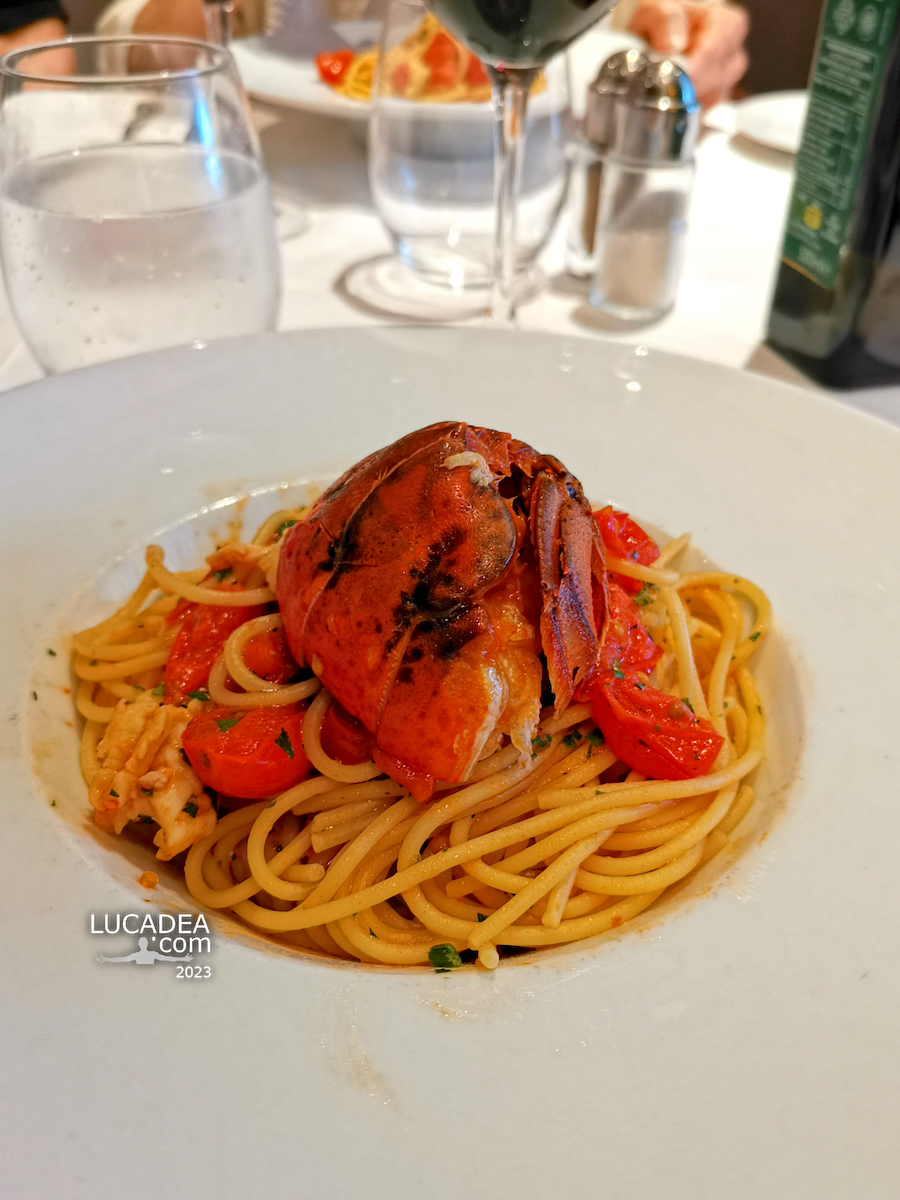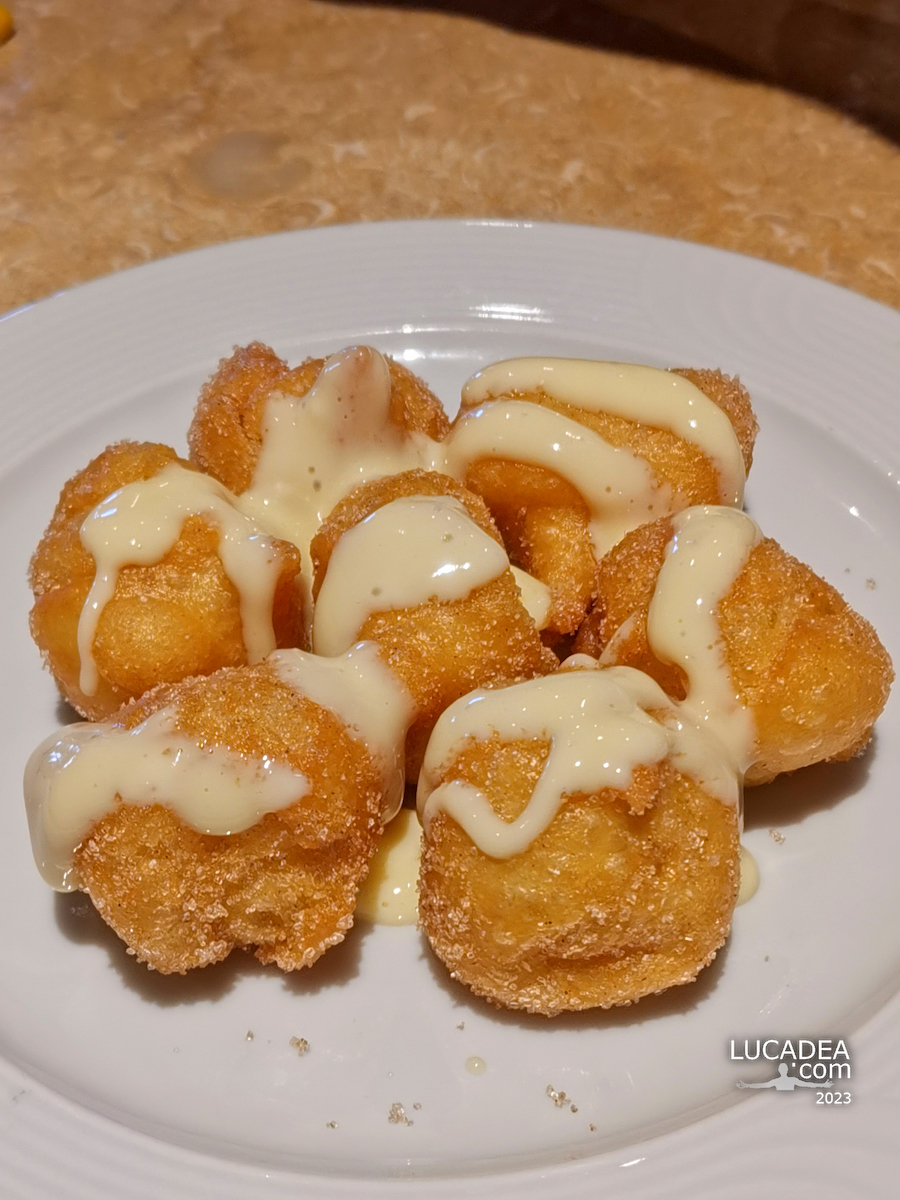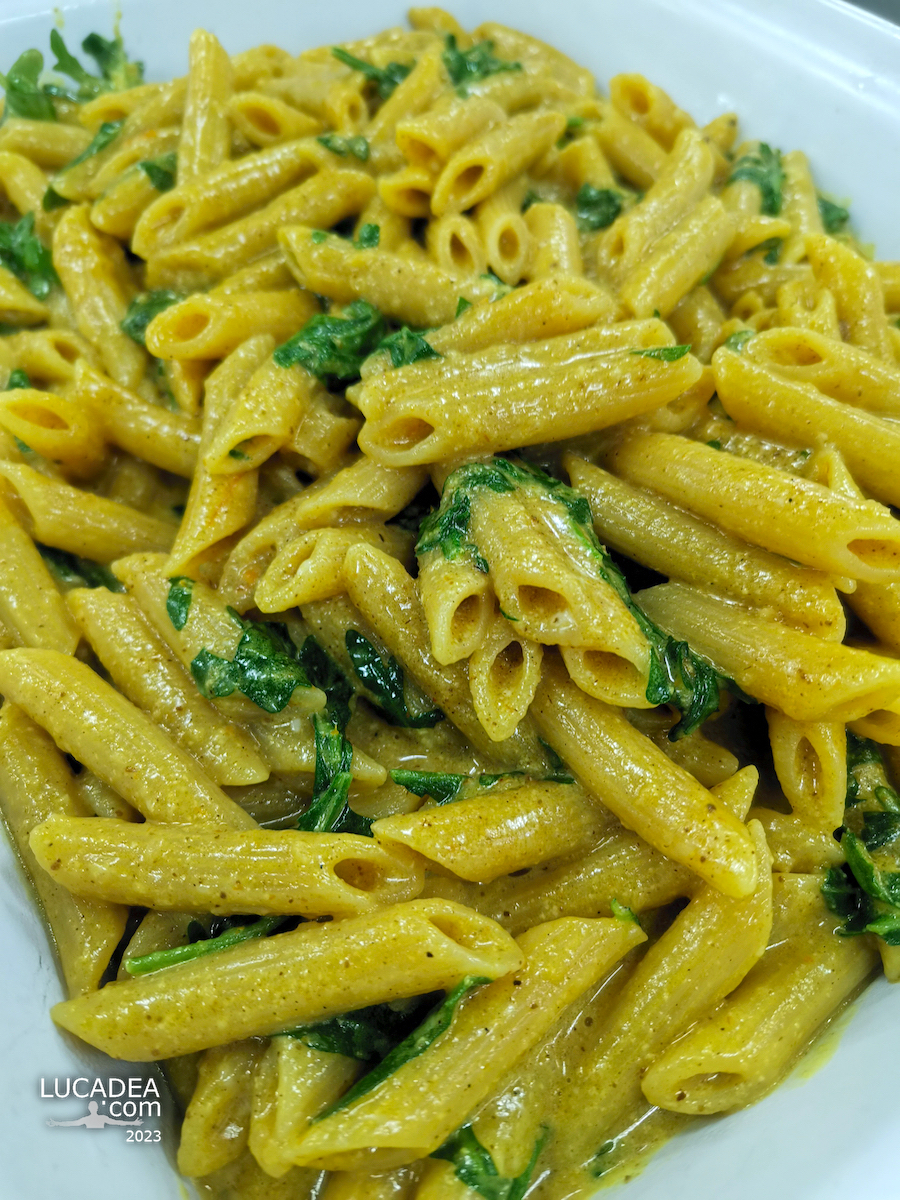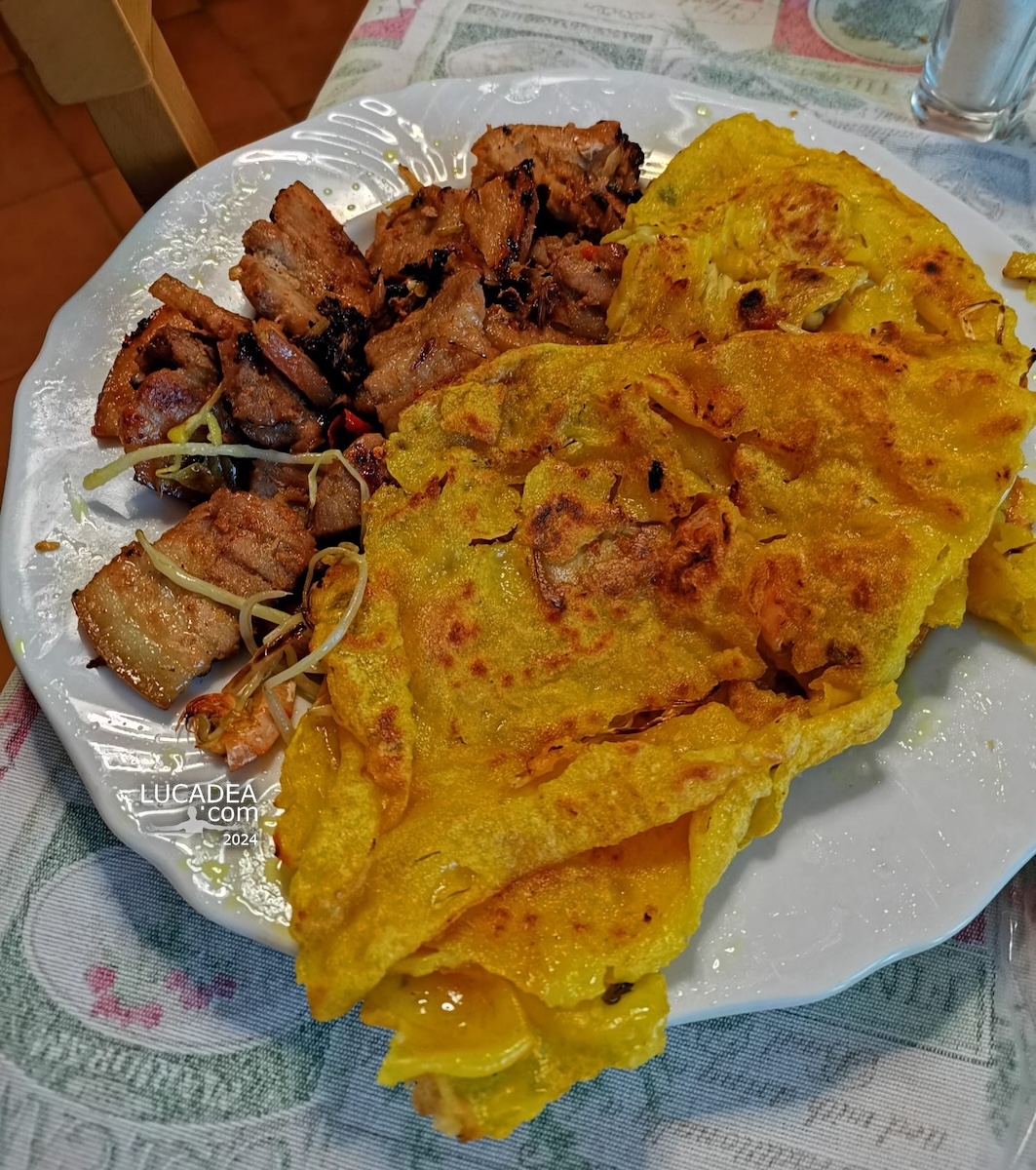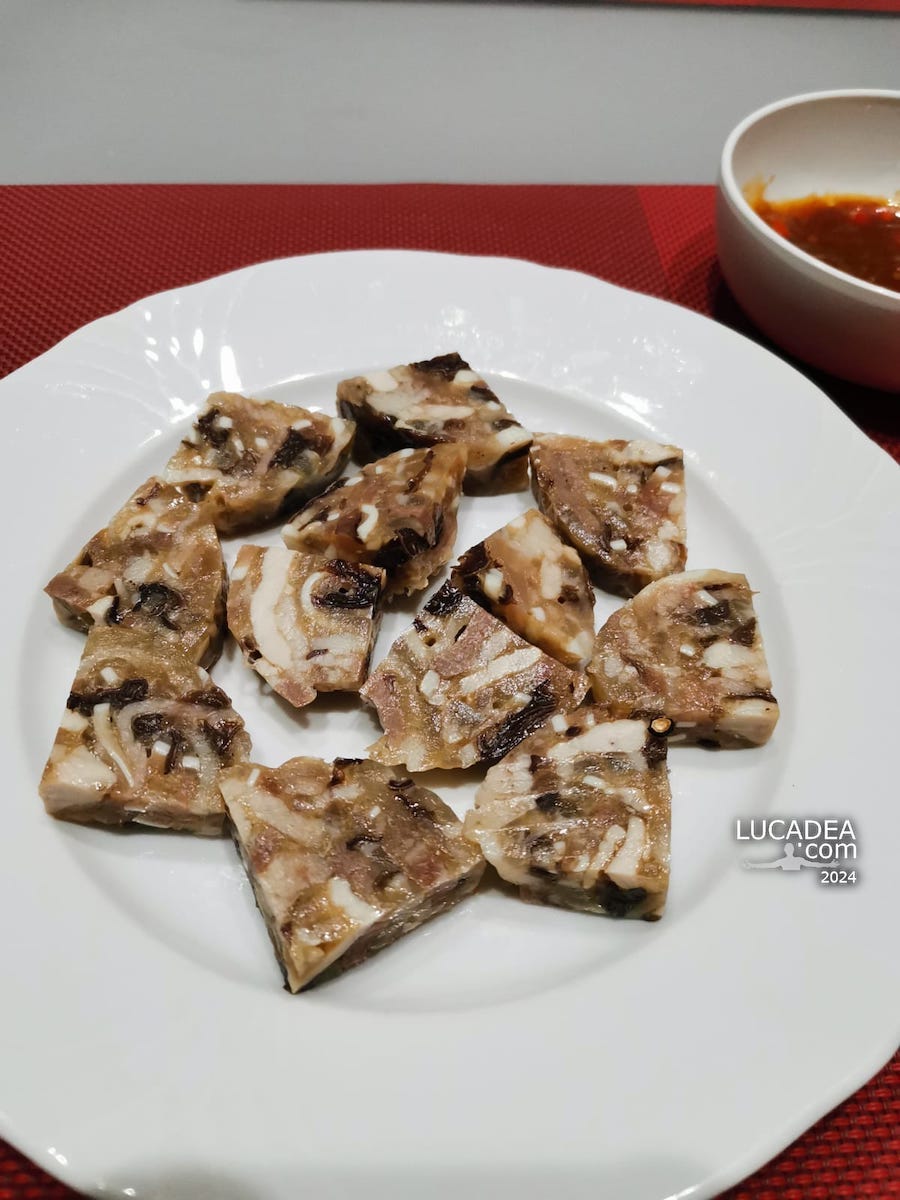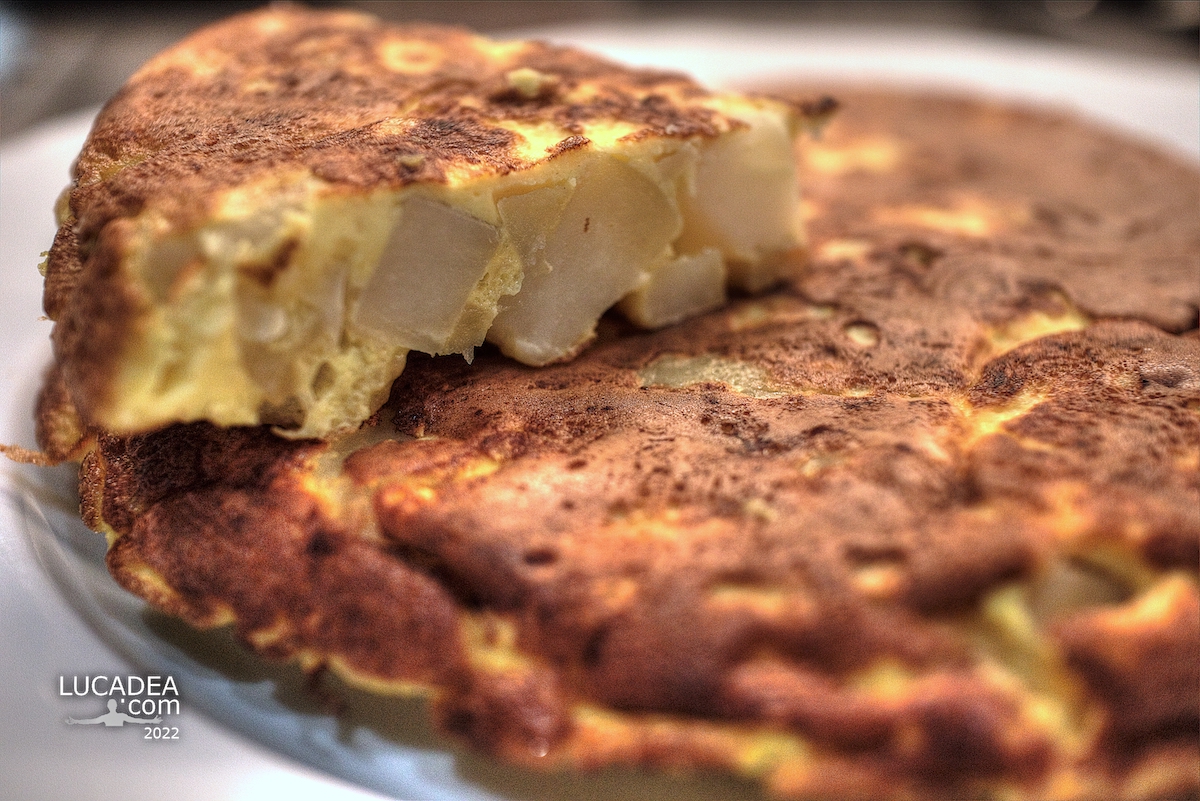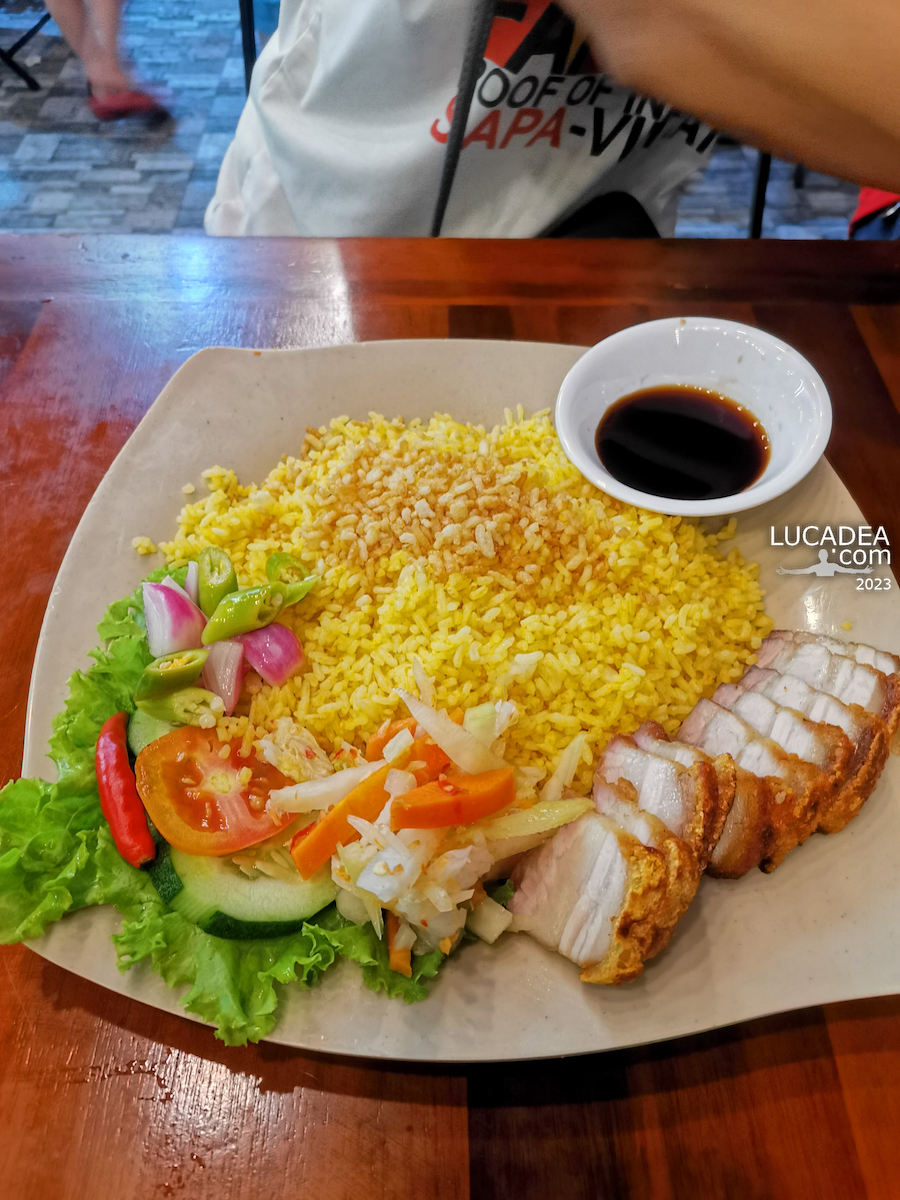Vietnamese cuisine: Banh Xeo pancakes, the recipe.
Banh Xeo is a typical dish in many regions of Vietnam: the pancake (or crepe) has a flour crust, thin and fried until crispy, and inside is stuffed with shrimp, meat, bean sprouts or mushrooms, depending on the place. After frying, the cake takes on a golden color and takes on a round or semicircular shape.
Click vào đây để đọc bằng tiếng việt!
If you are curious about this recipe of mine or Vietnamese food in general, write me a message. comment or go to the bottom of the site to read what other visitors have written.
Central region banh xeo can be said to be the original of countless other variations: in the provinces of Binh Dinh, Quang Ngai, Quang Nam, Da Nang, banh xeo is small and the filling includes only shrimp, meat and bean sprouts are rolled in rice paper and raw vegetables and bananas; with a sauce of fish sauce mixed with chili and roasted peanut sauce.
Going south, in the provinces of Khanh Hoa, Ninh Thuan and Binh Thuan, people often use seafood as the filling instead of pork and bean sprouts, and when mixing the dough, they usually add coconut milk and southern pancakes. Saigon, you can easily find large pancakes, and the filling can have green beans, mushrooms or vegetables of your choice.
To make a delicious cake, you need to know how to mix the flour, because it directly affects the quality of the cake made. Previously, rice was soaked in water to bloom, then ground and mixed with turmeric powder in the right proportion. Nowadays, everything is pre-mixed and cake batter is widely available. I bought this packet of banh xeo powder in Brescia and mixed it according to the ratio indicated on the package and managed to make the cake.
Ingredients
• 1 pack of pancake powder;
• Shrimp: 200 grams;
• Pork: 200 grams;
• Bean sprouts: 100 grams;
• Rice paper rolls;
• Shallots, raw vegetables, lettuce;
• Salt, seasonings, fish sauce, cooking oil, monosodium glutamate, sugar, garlic, chili pepper, lemon.
Preparation
Use whatever vegetables you can buy. I bought bean sprouts, lettuce and cucumber. Then wash and drain, then eat together.
Make 1 cup of garlic and chili fish sauce: crush the garlic and chili with a little sugar and MSG, put it in a bowl and add the anchovy fish sauce, season to taste, add lemon to taste.
Make the banh xeo dough mixed in the indicated ratio with water, add a little cooking oil, a little salt and if you like green onions, add.
Stir-fried shrimp and meat with spices.
I pre-fried the garlic in oil and used a small non-stick pan, put a little cooking oil, then poured the dough very thin, covered for 30 seconds with the lid, then added the meat, shrimp and a few bean sprouts. Cover tightly for 2 minutes and the cake will be golden and crispy. Remember to flip back and forth so that the cake becomes golden brown evenly. Continue like this until you run out of dough and filling.
After making the cake, you can serve and enjoy. Take the rice paper and roll it up with banh xeo and raw vegetables, dip it in a bowl of garlic chili fish sauce and enjoy. This dish is extremely easy to make, so it is a regular weekend dish in my family in Vietnam.
Bánh xèo miền trung
Bánh xèo là một món ăn đặc trưng của nhiều vùng miền Việt Nam, bánh có vỏ bánh được làm bằng bột, mỏng và được chiên giòn, bên trong thì có nhân tôm, thịt, giá đỗ hay các loại rau nấm tuỳ nơi. Bánh sau khi chiên lên có màu vàng, được đúc thành hình tròn hay bán nguyệt.
Có thể nói rằng bánh xèo miền Trung là nguyên bản của vô số biến thể khác: ở các tỉnh Bình Định, Quảng Ngãi, Quảng Nam, Đà Nẵng bánh xèo có kích cỡ nhỏ vừa ăn và nhân chỉ bao gồm: tôm, thịt và giá và được cuốn trong bánh tráng và rau sống, khế chua, chuối chát, với nước chấm là nước mắm pha với ớt và sốt đậu phộng rang.
Đi về phía Nam đến các tỉnh Khánh Hòa, Ninh Thuận và Bình Thuận, người ta thường dùng hải sản làm nhân bánh thay cho thịt heo và giá đỗ và trong khâu trộn bột, thông thường sẽ cho nước cốt dừa, bánh xèo phía Nam thường được làm to hơn, vào miền Tây hay Sài gòn, bạn dễ dàng tìm thấy những chiếc bạn xèo thật to và nhân bánh có thể có đậu xanh, nấm hoặc rau củ quả tuỳ thích…
Để làm ra một chiếc bánh ngon, bạn phải biết cách pha bột, vì nó ảnh hưởng trực tiếp đến chất lượng bánh được làm ra. Trước đây, gạo được ngâm nước cho nở, sau đó xay gạo và trộn bột nghệ với tỷ lệ phù hợp. Ngày nay, mọi thứ đã được trộn sẵn và bột bánh được bày bán rộng rãi. Tôi mua được gói bột bánh xèo này tại Brescia và thể là tôi pha theo tỷ lệ được cho sẵn trên gói bánh và có thể đi đỗ bánh.
Nguyên liệu
• 1 gói bột bánh xèo
• Tôm: 200g
• Thịt heo: 200g
• Giá đỗ: 100g
• Bánh tráng cuốn
• Hành lá, rau sống, xà lách,…
• Muối, hạt nêm, nước mắm, dầu ăn, bột ngọt, đường, tỏi, ớt, chanh
Thực hiện:
Các loại rau nào bạn mua được thì bạn sử dụng. Tôi mua được giá, xà lách và dưa leo. Sau đó rửa sạch và để ráo, để sau đó ăn cùng.
Chuẩn bị 1 chén nước mắm tỏi ớt: giã tỏi ớt cùng với chút đường và bột ngọt, cho ra chén và thêm nước mắm cá cơm, nêm nếm lại, cho thêm chanh vào cho đậm vị.
Gói bột bánh xèo pha theo tỉ lệ cho sẵn với nước, cho thêm tí dầu ăn, tí muối và nếu thích ăn hành lá thì cho vào.
Tôm và thịt xào sơ qua với gia vị.
Tôi phi dầu tỏi sẵn trước và sử dụng chảo chống dính loại nhỏ, cho 1 ít dầu ăn vào, sau đó đổ bột thật mỏng lên, đậy nắp 30 giây, rồi cho thịt, tôm, một chút giá đỗ. Đậy kín trong vòng 2 phút thì bánh đã chín vàng giòn rồi. Nhớ trở qua lại để bánh vàng đều nhé. Cứ làm tương tự cho đến khi hết bột và nhân.
Bánh làm xong có thể dọn ra thưởng thức, lấy bánh tráng cuộn với bánh xèo và rau sống, chấm vào chén nước mắm tỏi ớt và thưởng thức thôi nào. Món ăn này cực kì đơn giản chuẩn bị, do vậy là món ăn thường xuyên ngày cuối tuần trong gia đình tôi tại Việt Nam.
Vietnamese cuisine: Banh Xeo pancakes, the recipe – Cuisine vietnamienne : Pancakes Banh Xeo, la recette – Cocina vietnamita: panqueques Banh Xeo, la receta – Cozinha vietnamita: panquecas Banh Xeo, a receita – Vietnamesische Küche: Banh-Xeo-Pfannkuchen, das Rezept – Ẩm thực Việt: Bánh xèo, công thức – 越南美食:Banh Xeo 煎饼,食谱 – ベトナム料理:バインセオパンケーキ、レシピ

